How to Care for Your Strong Dining Chairs to Ensure Longevity
 Sep 27,2024
Sep 27,2024

 Topmax Furniture
Topmax Furniture
Strong dining chairs are an investment in both comfort and durability for your dining area. Whether they are made of solid wood, metal, or a combination of high-quality materials, taking proper care of them is essential to ensure they last for years to come. As a consumer, you should know how to care for your strong dining chairs can save you money in the long run and keep your dining space looking beautiful and inviting.
Understanding the Materials of Strong Dining Chairs
Before delving into care routines, it's essential to understand the material composition of your Strong Dining Chairs. Common materials include solid wood, metal frames with upholstered seats, or a blend of both. Each material requires a unique approach to cleaning and maintenance.
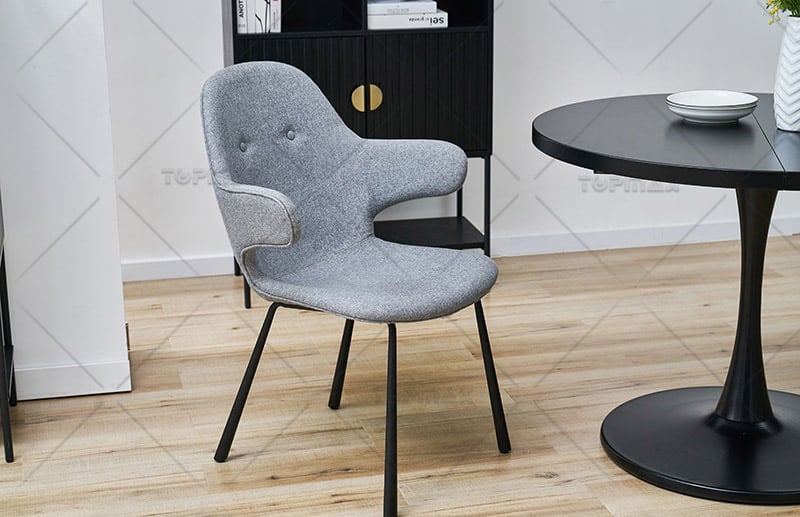
Solid Wood Chairs: Look for high-quality hardwoods like oak, maple, or walnut, which are more resistant to scratches and warping.
Metal Frames: Stainless steel or wrought iron frames offer durability but can be prone to rust if not properly cared for.
Upholstery: Leather, fabric, or vinyl upholstery adds comfort and style but demands specific cleaning methods to avoid damage.
Daily Care of Strong Dining Chairs
Avoid Direct Sunlight - If your dining area receives a lot of sunlight, consider rearranging furniture or using window treatments to limit exposure. Sunlight can fade colors and weaken materials over time, leading to premature aging of your chairs.
Keep Away from Heat Sources - Strong dining chairs can be damaged by excessive heat. Keep them away from radiators, heating vents, or direct contact with heat-producing appliances. Heat can warp wood and damage finishes, compromising the structural integrity of your chairs.
It is necessary to dust your dining chairs regularly in keeping them clean and maintaining their appearance. Use a soft, dry cloth or a microfiber duster to gently wipe away dust from the surfaces of the chair, including the seat, backrest, legs, and any crevices or decorative details. Dust can accumulate quickly and if left unchecked, it can scratch the surface of the chair over time. Aim to dust your chairs at least once a week or more frequently if your dining area is in a high-traffic area or near a window where dust may be more prevalent.
Regular Cleaning Routine
Spot Cleaning
Accidents happen, and spills and stains are inevitable when using dining chairs. As soon as a spill occurs, act quickly to prevent it from setting and causing permanent damage. For most spills, a simple spot cleaning with a damp cloth may be sufficient. Gently blot the spill with a clean, damp cloth, being careful not to rub too hard as this can spread the stain or damage the finish. If the spill is more stubborn, you may need to use a mild cleaning solution appropriate for the chair's material.
For fabric-covered chairs, you can make a simple cleaning solution by mixing a small amount of mild detergent with water. Test the solution on a small, inconspicuous area of the fabric first to ensure it doesn't cause any discoloration or damage. Use a soft sponge or cloth dipped in the solution to gently clean the stained area, then rinse with a clean, damp cloth and allow to dry completely.
For wooden chairs, avoid using excessive water as it can cause the wood to warp or swell. Instead, use a damp cloth to wipe away spills and then immediately dry the surface with a soft towel. If there are marks or stains on the wood, you can use a wood cleaner or a mixture of equal parts of vinegar and water to gently clean the area. Be sure to wipe in the direction of the wood grain and avoid using abrasive cleaners or scrubbers that can scratch the surface.
For metal chairs, a damp cloth with a mild soap solution can be used to clean spills and stains. Rinse the area thoroughly with clean water and dry immediately to prevent rust. If there is rust on the metal, you can use a rust remover according to the product instructions, followed by a protective coating or wax to prevent further rusting.
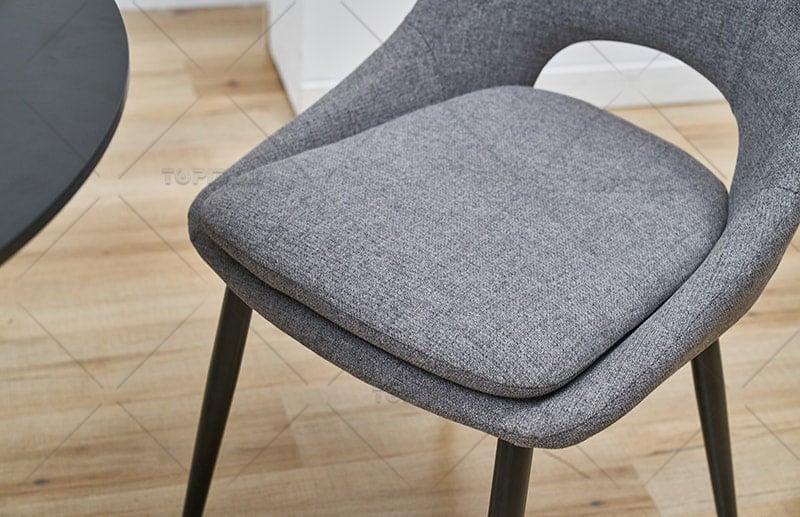
Deep Cleaning
Periodically, your strong dining chairs may need a more thorough deep cleaning. This is especially important if they are used frequently or if there is a lot of dirt and grime buildup. For fabric chairs, you may consider using a upholstery cleaner or having them professionally cleaned. Follow the manufacturer's instructions for the upholstery cleaner and be sure to test it on a small area first to ensure it doesn't cause any adverse reactions.
For wooden chairs, you can use a mild wood cleaner and a soft cloth to clean the entire surface. This will remove dirt, grime, and any built-up wax or polish. After cleaning, you can apply a new layer of furniture wax or a wood protectant to restore the shine and protect the wood.
Metal chairs can be deep cleaned using a metal cleaner or a solution of baking soda and water. Scrub the metal gently with a soft brush or cloth to remove any dirt or rust, then rinse thoroughly with water and dry completely. You can also apply a metal polish or a clear coat of lacquer to protect the metal and give it a shiny finish.
Regular Inspections for Strong Dining Chairs
Periodically inspect your strong dining chairs for any signs of wear, damage, or loose parts. This can help you catch potential problems early and take corrective action before they become more serious.
Check the legs of the chairs for any cracks, splits, or signs of weakness. If the legs are made of wood, look for any signs of rot or insect damage. For metal legs, check for rust or any deformation. Inspect the joints and connections where the legs meet the seat and backrest to ensure they are tight and secure. If you notice any loose screws or bolts, tighten them using the appropriate tools.
Examine the seat and backrest for any tears, holes, or loose upholstery. If the fabric is starting to fray or come loose, you may need to repair it or have it professionally reupholstered. For wooden seats and backrests, check for any dents, scratches, or signs of warping.
Also, check the overall stability of the chair. Sit on the chair and see if it wobbles or feels unstable.
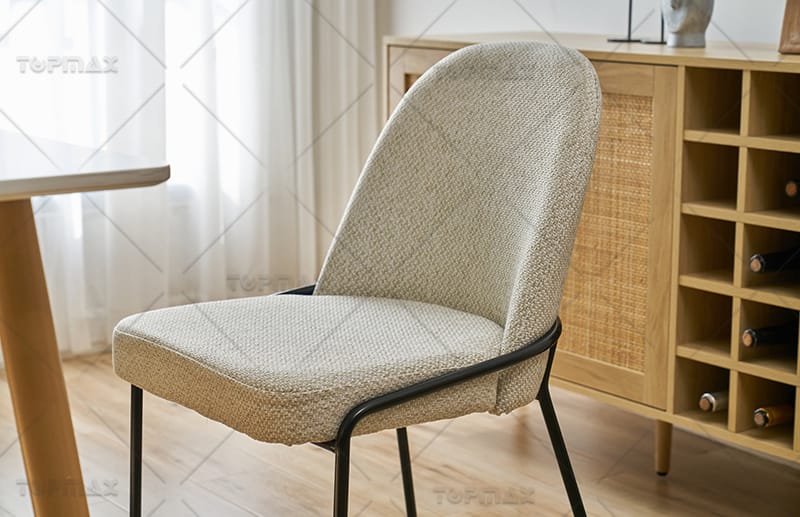
If the chair is not stable, it may be due to a problem with the legs, joints, or the floor surface. Try to identify the source of the instability and take the necessary steps to fix it, such as adjusting the legs or replacing any damaged parts.
Store the Strong Dining Chairs Properly
If you have strong dining chairs that you are not using for an extended period, proper storage and protection are important.
Before storing the chairs, clean them thoroughly as described above. If possible, disassemble any removable parts, such as cushions or chair backs, and store them separately. This can make the chairs easier to store and protect the individual components.
Store the Strong Dining Chairs in a dry, clean, and well-ventilated area. Avoid storing them in a damp basement, attic, or garage unless the environment is properly controlled. You can use furniture covers or plastic bags to protect the chairs from dust, dirt, and potential damage. Make sure the covers are a good fit and securely fastened to prevent any moisture or pests from getting inside.
If you are stacking the chairs for storage, place a soft cloth or padding between each chair to prevent scratching and damage. Also, be careful not to stack the chairs too high to avoid putting excessive pressure on the bottom chairs and causing deformation.
When you are ready to use the stored chairs again, remove the covers and inspect them carefully for any signs of damage or deterioration. Clean and freshen up the chairs as needed before using them.
By adopting these simple yet effective care practices, you can ensure that your dining chairs remain in good condition and provide you with years of use and enjoyment. With a little effort and attention, you can keep your dining area looking beautiful and your chairs strong and durable, enhancing the overall aesthetic and functionality of your home.
 Inquire Now
Inquire Now



 Home
Home What Features Should I Look for in Modern Garden Table and Chairs?
What Features Should I Look for in Modern Garden Table and Chairs?  You May Also Like
You May Also Like 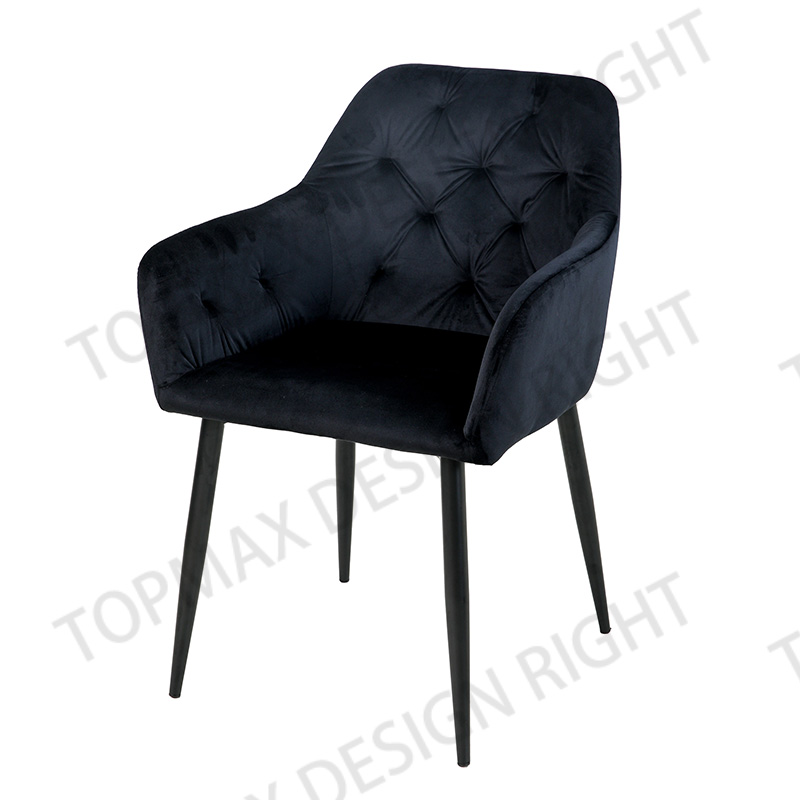

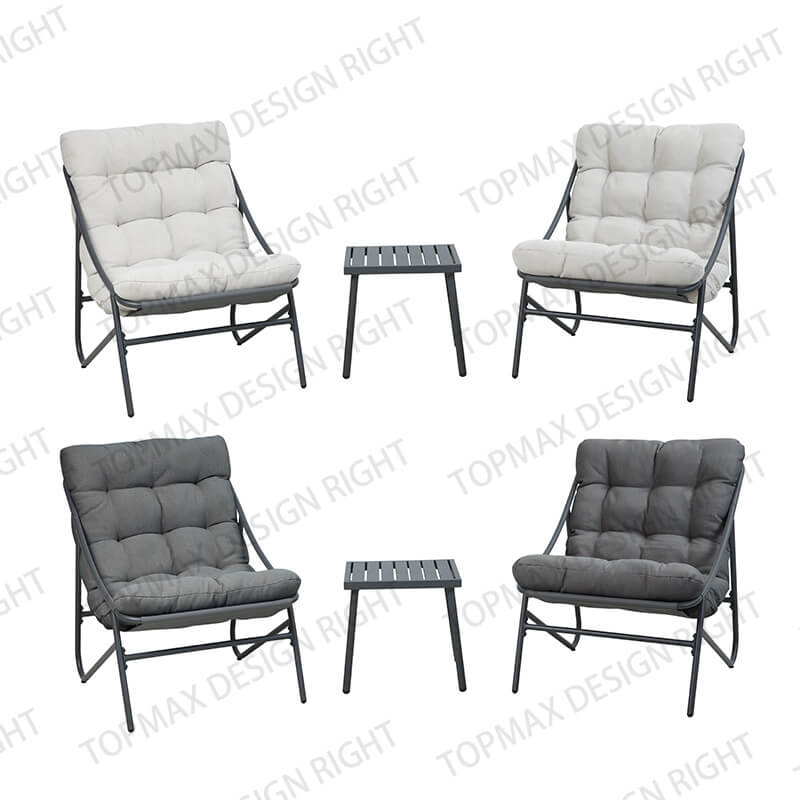
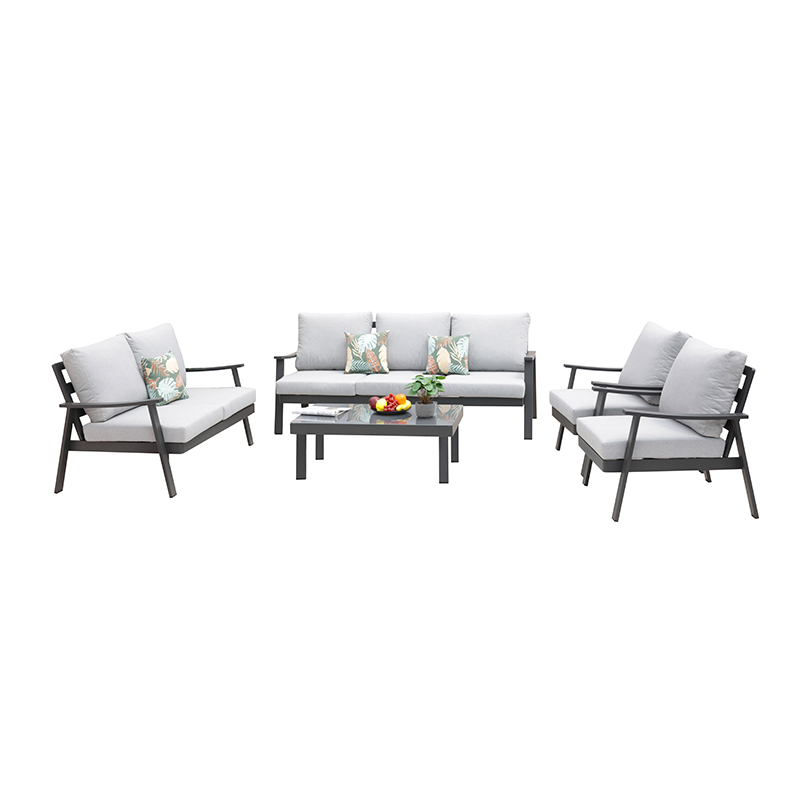


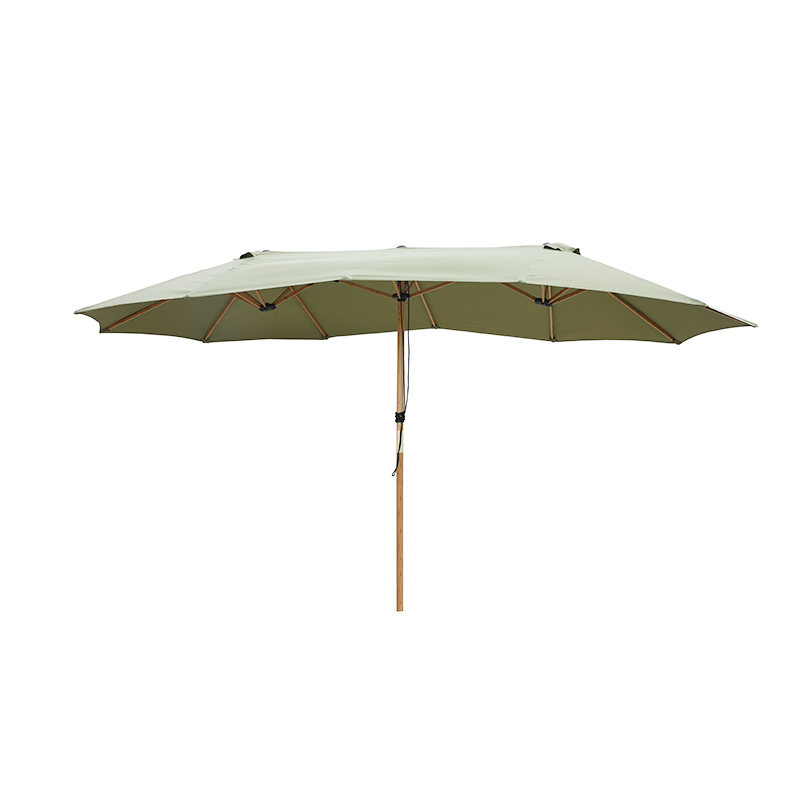
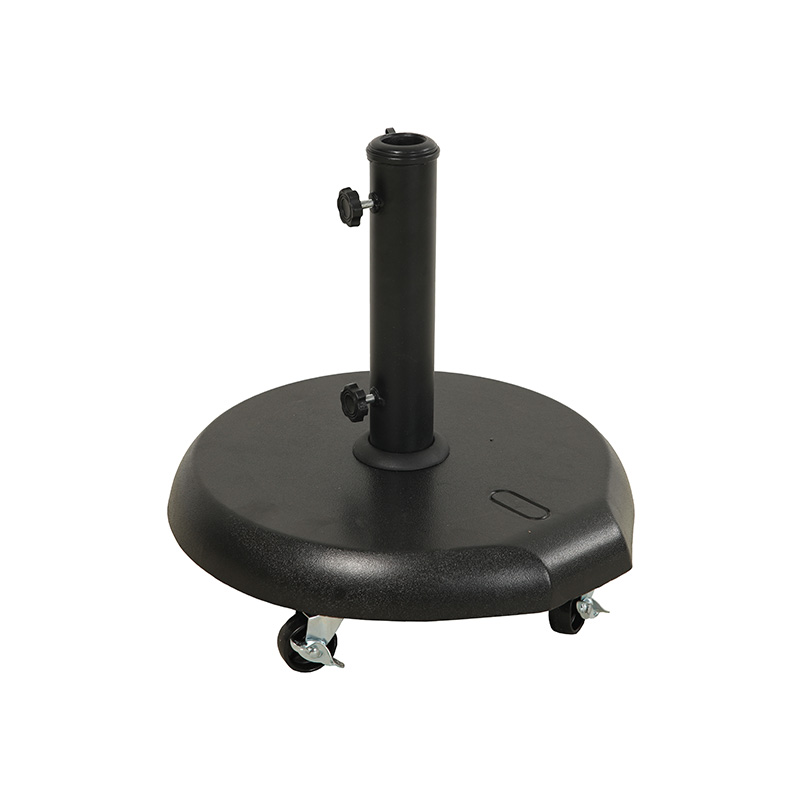
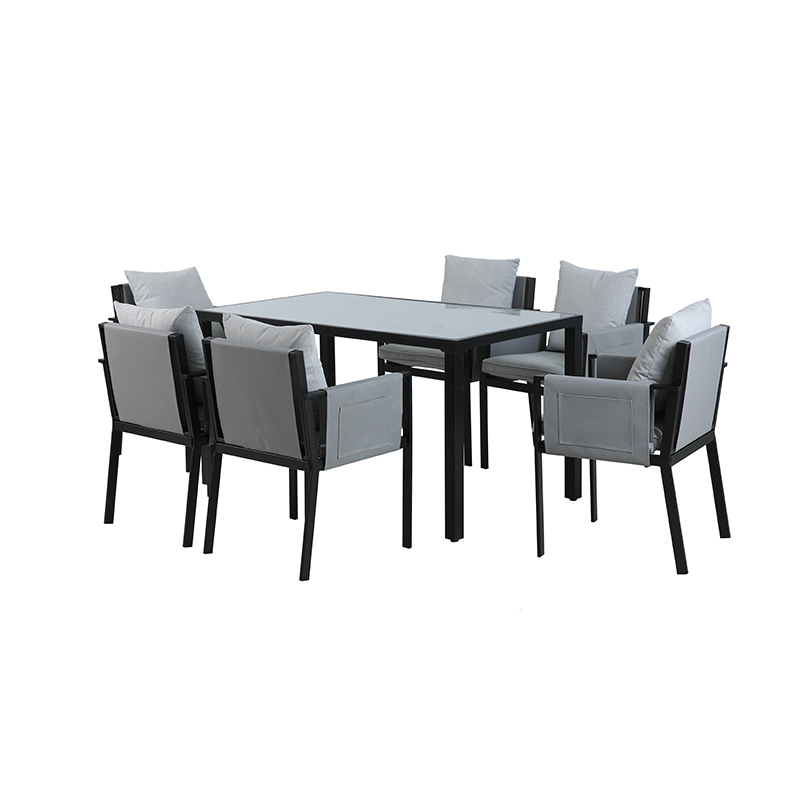
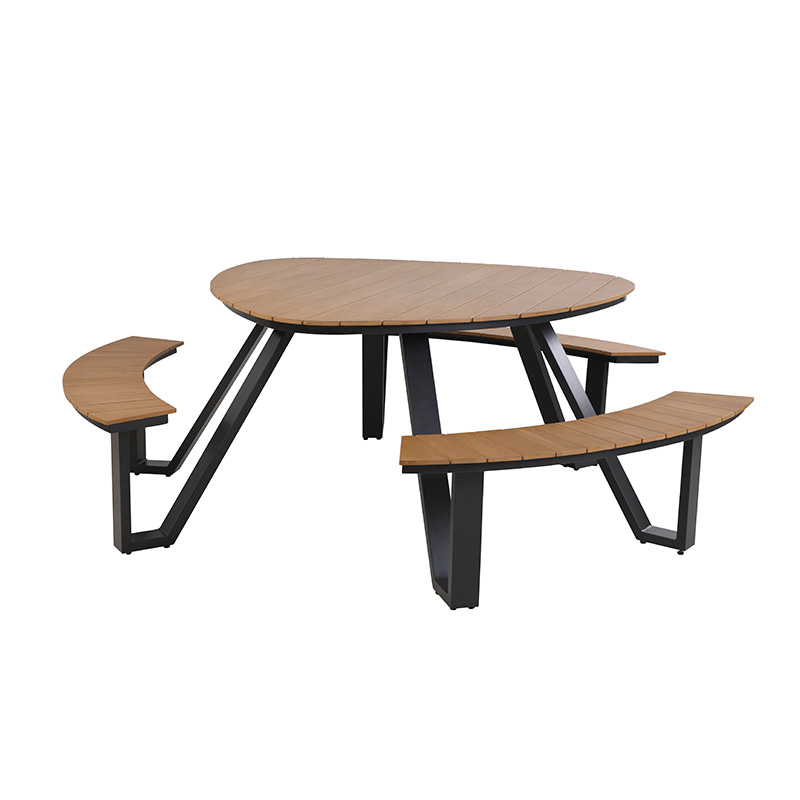
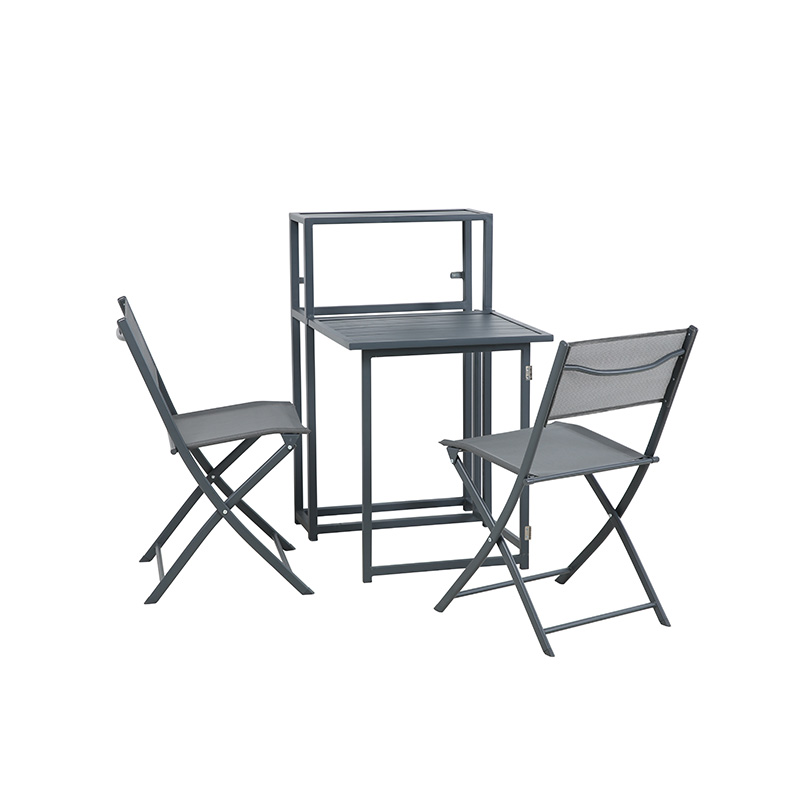
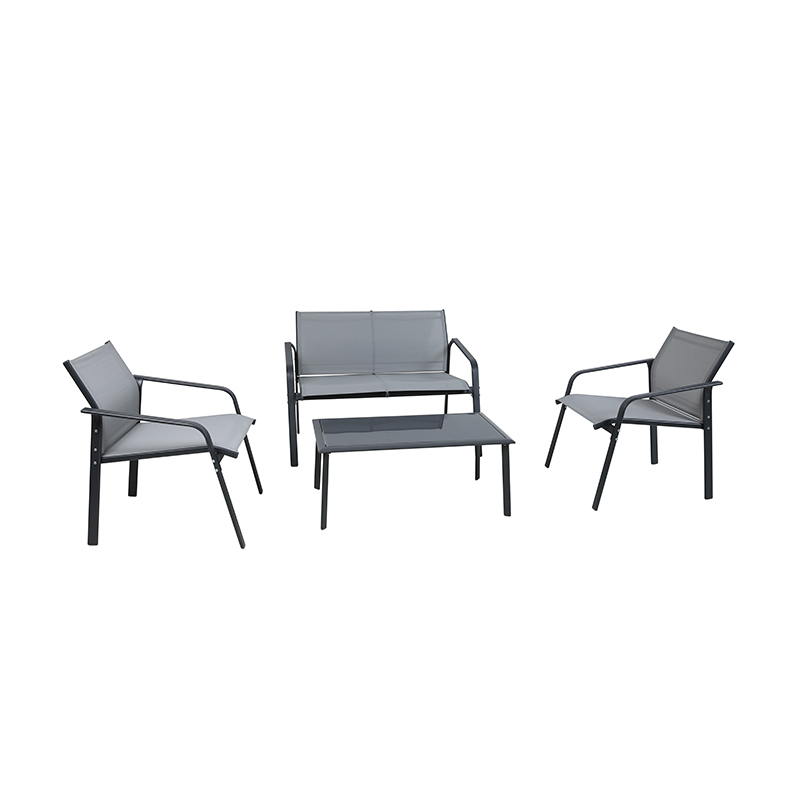
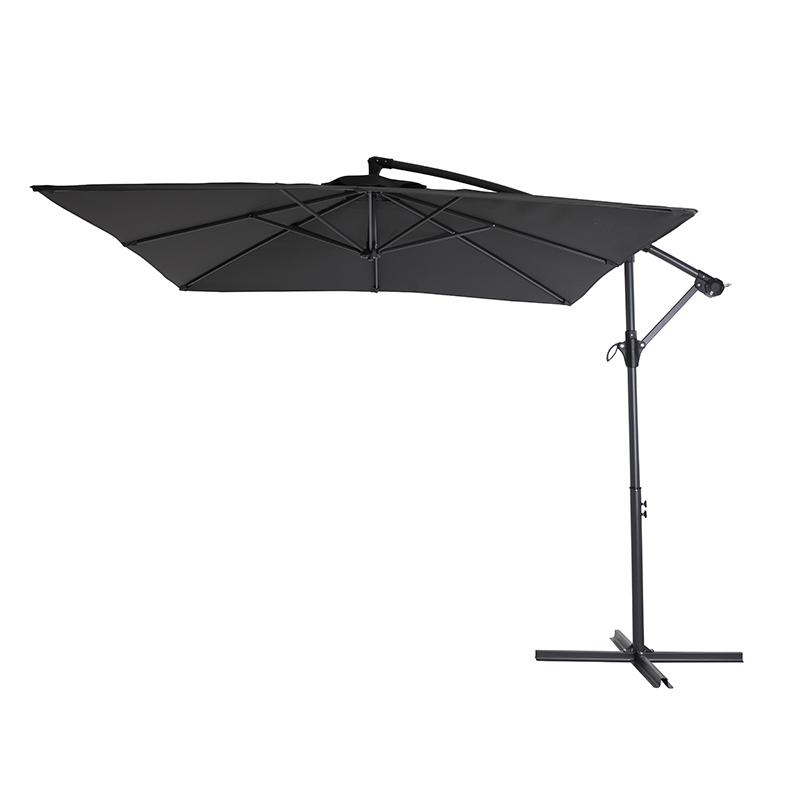
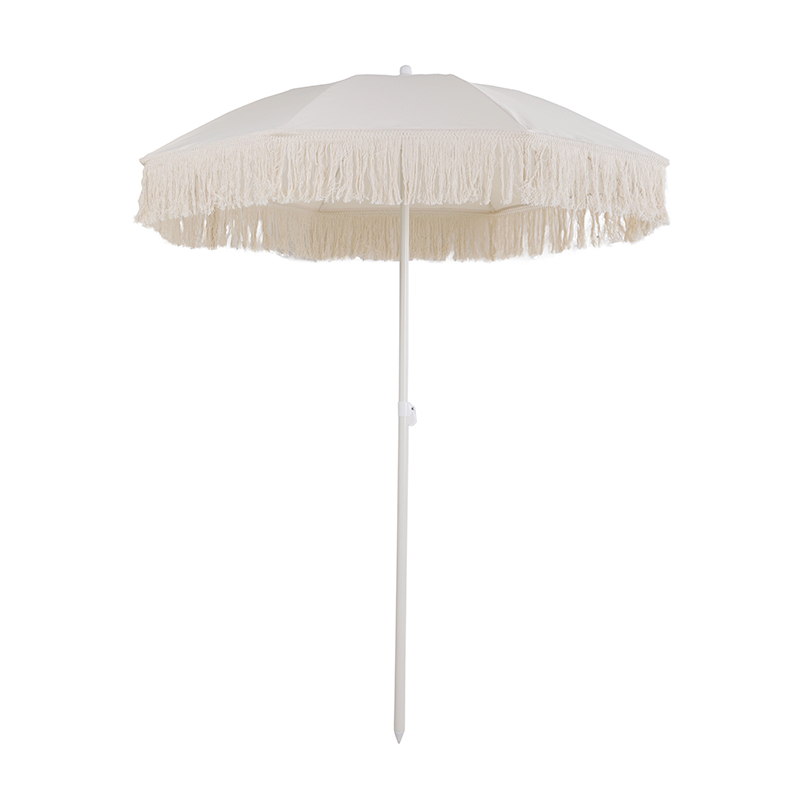
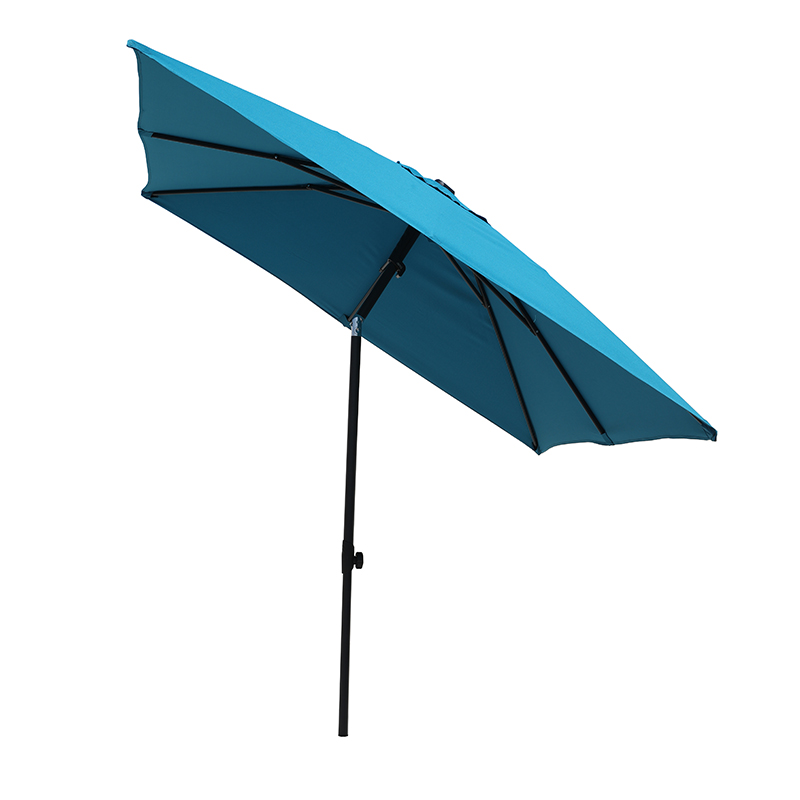
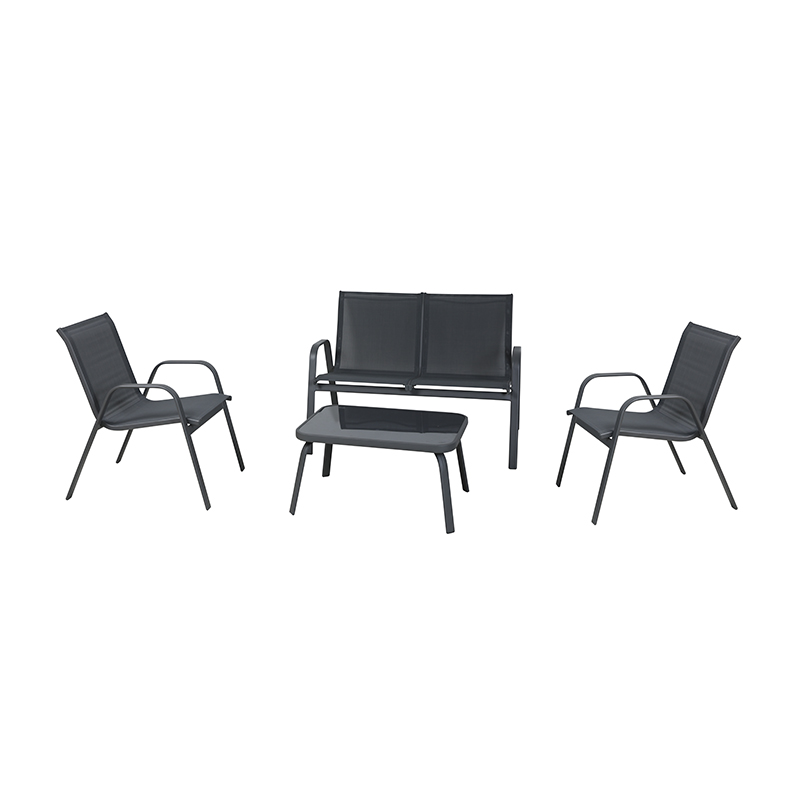
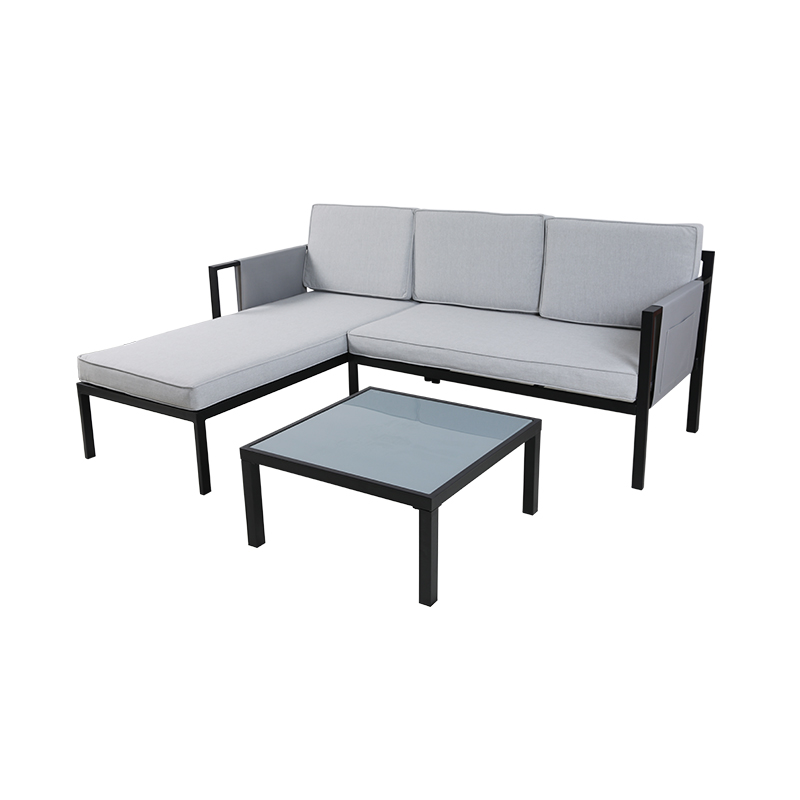
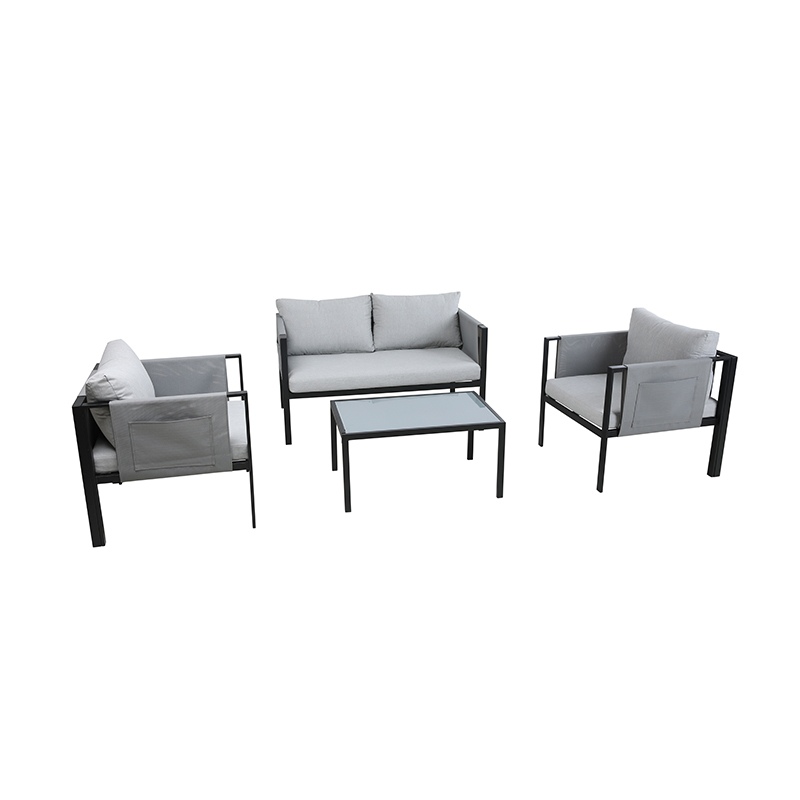

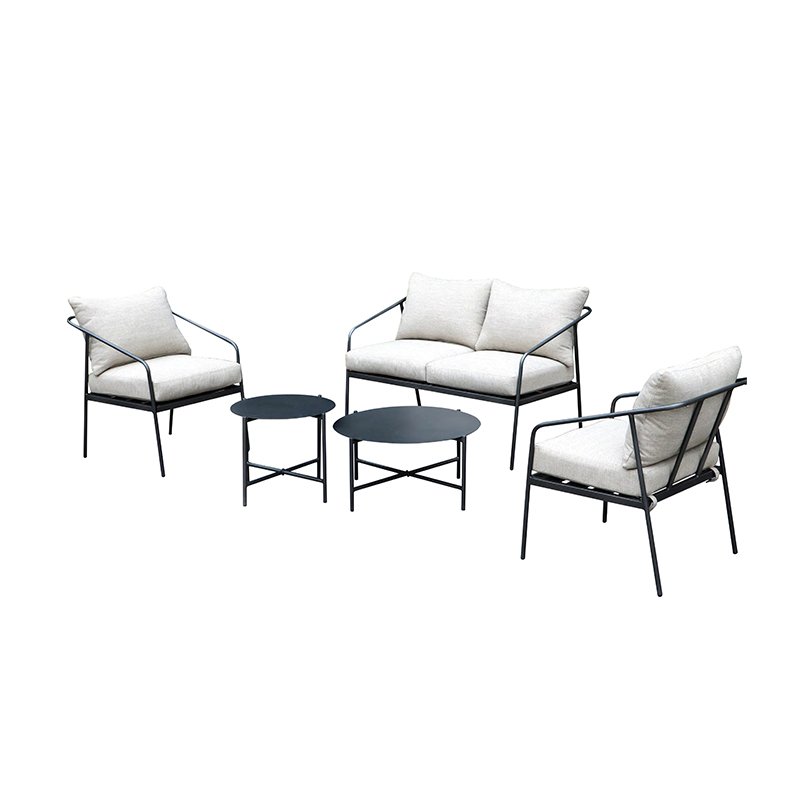
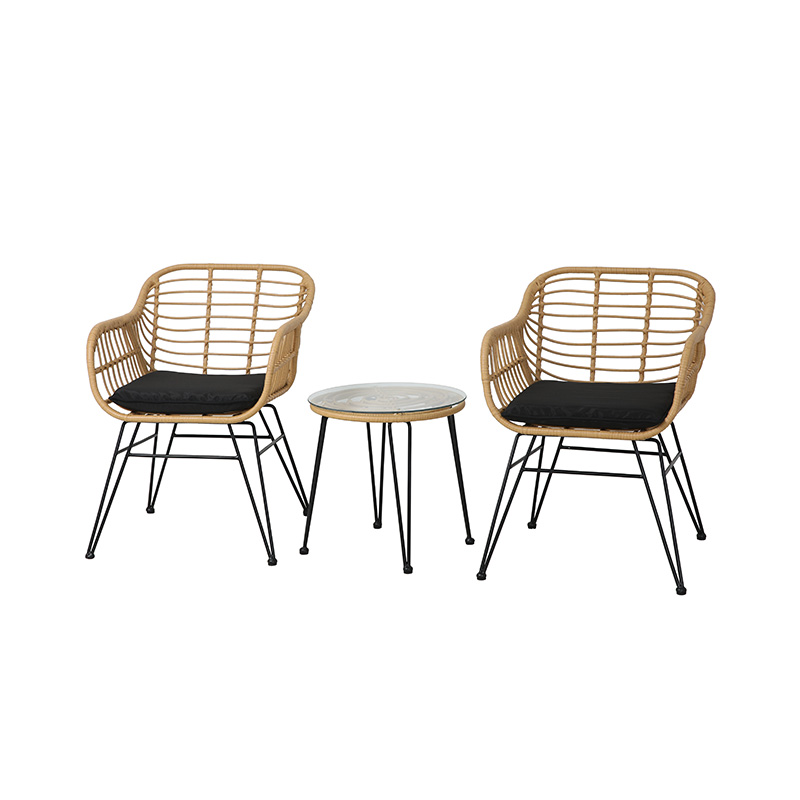

 Tel
Tel  Email
Email  ADDRESS
ADDRESS 














